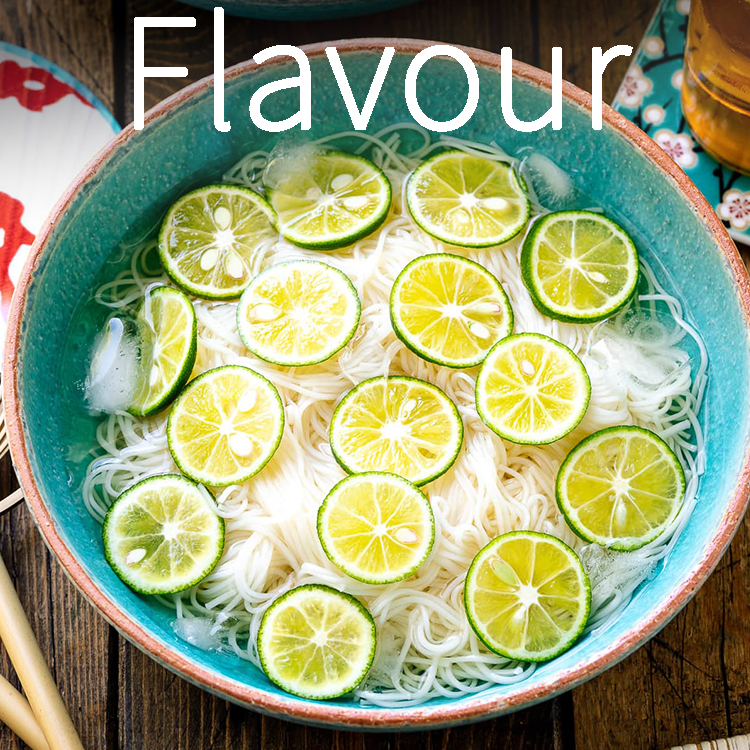- Home
- About Japan Fruits
- Yuzu Fruit
- Kabuso Fruit
- Sudachi Fruit
- Home
- About Japan Fruits
- Yuzu Fruit
- Kabuso Fruit
- Sudachi Fruit

Sudachi is believed to have originated in Japan, specifically in the Tokushima Prefecture on Shikoku Island. The fruit has been grown in Japan for centuries, with references to sudachi appearing in historical texts dating back to the Edo period (1603–1868). It has its name from the way it is consumed, as the name “sudachi” is a combination of “su” (vinegar) and “tachibana” (a traditional name for another citrus fruit). It is often compared to yuzu and kabosu but is prized for its unique tartness and aroma. Sudachi is a key ingredient in regional cuisines, particularly in Tokushima, where it is celebrated in local dishes. The juice is squeezed and used in place of vinegar. The cultivation and sale of sudachi have contributed significantly to the local economy in Tokushima Prefecture. It is often featured in local festivals and is an important agricultural product for the region. In recent years, sudachi has gained popularity beyond Japan, recognized by chefs and food enthusiasts for its versatile flavor and is being increasingly used in gourmet dishes, cocktails, and international cuisine.

• Size: Typically measures about 1.5 to 2.5 inches in diameter.
• Shape: Generally round to slightly oval in shape.
• Color: Yellowish-green or sometimes it can be light yellow.
• Skin Texture: Smooth and slightly glossy skin texture. This smooth skin helps retain the fruit’s moisture and aroma. It has a relatively thin outer layer, which makes it easy to peel. The surface may have a few small bumps, but overall, it feels firm.
• Stem and Leaf: The stem is green or brown, short and sturdy at the top of the fruit. Usually, there are leaves at the base of the stem, which are long and narrow and have a glossy texture.
• Seeds: Generally contains a small number of seeds, usually ranging from 1 to 6 seeds per fruit.
• Size: Typically measures about 1.5 to 2.5 inches in diameter.
• Shape: Generally round to slightly oval in shape.
• Color: Yellowish-green or sometimes it can be light yellow.
• Skin Texture: Smooth and slightly glossy skin texture. This smooth skin helps retain the fruit’s moisture and aroma. It has a relatively thin outer layer, which makes it easy to peel. The surface may have a few small bumps, but overall, it feels firm.
• Stem and Leaf: The stem is green or brown, short and sturdy at the top of the fruit. Usually, there are leaves at the base of the stem, which are long and narrow and have a glossy texture.
• Seeds: Generally contains a small number of seeds, usually ranging from 1 to 6 seeds per fruit.


• Flowering Season: Typically begins in late spring, from April to May, depending on the local climate conditions with warmer areas potentially seeing flowering a bit earlier.
• Appearance- Small, white or pale yellow and very fragrant, similar to other citrus species. They have five petals and a prominent central column of stamens.
• Pollination – Sudachi flowers are mostly self-pollinating, meaning they can produce fruit from the pollen of their own flowers. Cross-pollination can also occur with other citrus trees, which might improve fruit set and yield. Pollinators: Bees, butterflies and other insects.
• Fruit Growth – After successful pollination, the flowers drop off, and small green fruits begin to form which gradually grow and mature over the summer months.
• Care Tips – Provide adequate water, sunlight and well-drained soil. A balanced nutrient supply is required to encourage healthy flowering and fruiting.
Late summer to early autumn! The harvest season for Sudachi is usually between August and October. Sudachi is usually harvested when it reaches its optimal size and flavor, often when the fruit is still green and has a tart, aromatic quality. The timing can vary slightly depending on regional climate conditions and specific cultivation practices.


• Tartness due to high Citric Acid content result in a prominent tart flavor more intense than that of lemon.
• Citrusy Notes, strong citrus flavor with a unique complexity that sets it apart.
• Has mild bitterness which underlies the tartness, adding depth to the flavor profile. This balance enhances its culinary versatility.
• Herbal Nuances, Sudachi has subtle herbal notes making it more than just a straightforward citrus fruit.
• Strong Fragrance, Aromatic quality of sudachi enhances its flavor experience. The scent complements its taste, making it appealing in both cooking and drinks.
• Tartness due to high Citric Acid content result in a prominent tart flavor more intense than that of lemon.
• Citrusy Notes, strong citrus flavor with a unique complexity that sets it apart.
• Has mild bitterness which underlies the tartness, adding depth to the flavor profile. This balance enhances its culinary versatility.
• Herbal Nuances, Sudachi has subtle herbal notes making it more than just a straightforward citrus fruit.
• Strong Fragrance, Aromatic quality of sudachi enhances its flavor experience. The scent complements its taste, making it appealing in both cooking and drinks.

• Citrusy Freshness, Limonene provides a bright, zesty citrus scent typical of many citrus fruits.
• Floral Undertones, Linalool compound adds a sweet, floral nuance to the aroma, enhancing the complexity and making it more aromatic.
• Citrus Notes, citral contributes a lemon-like aroma, adding to the sharp and tangy scent of sudachi.
• Herbal and Woody Notes, the presence of α-Pinene and β-Pinene compounds provide depth and richness to the overall scent profile of sudachi.
• Green Freshness, the Hexanal compound contributes a fresh, green aroma, which complements the fruity and citrus characteristics of sudachi.


